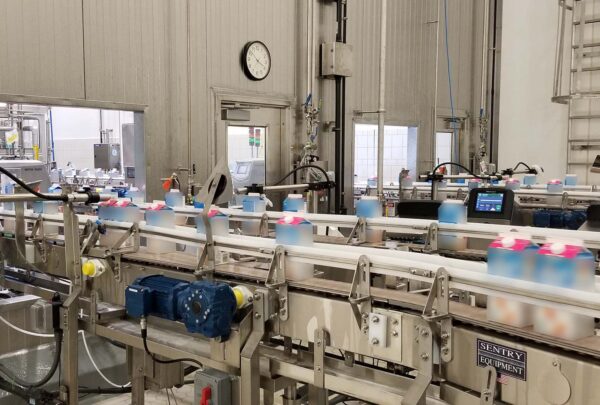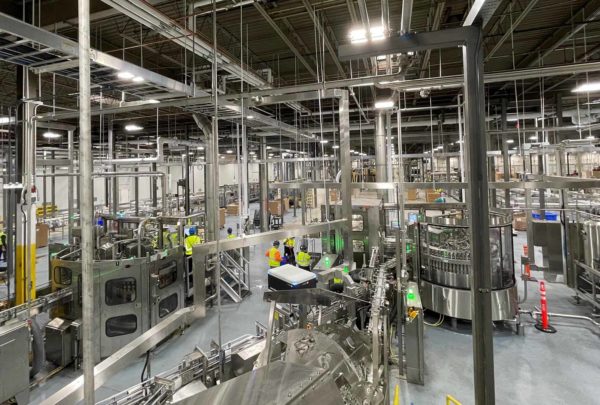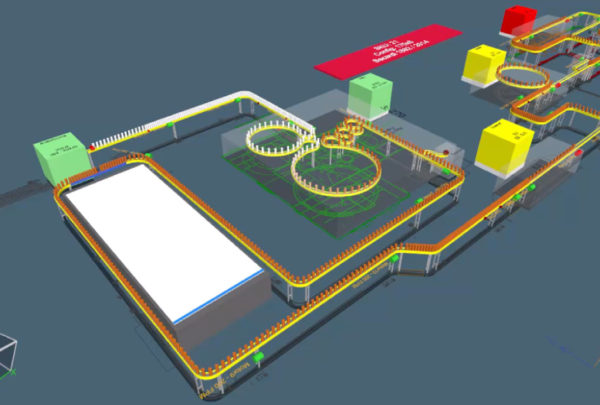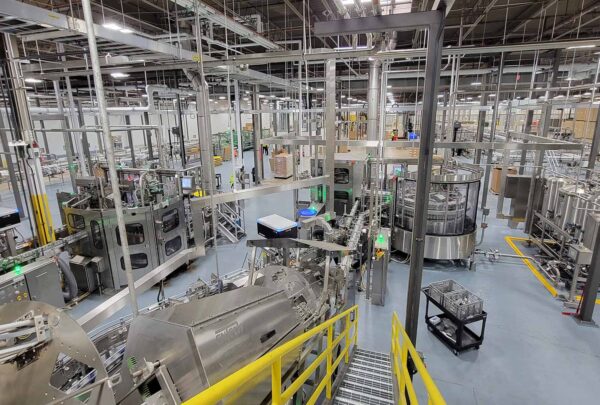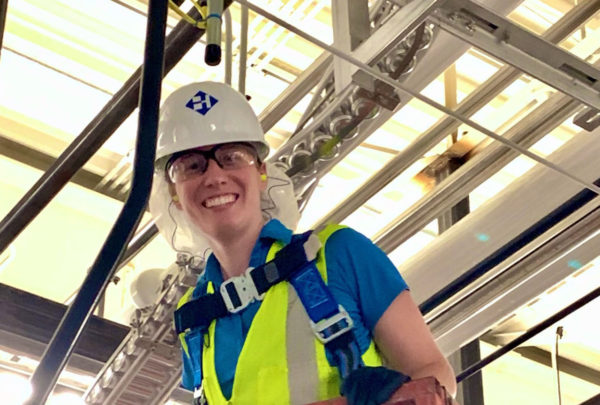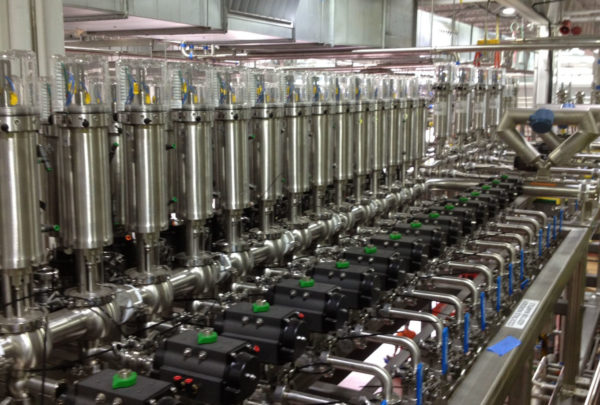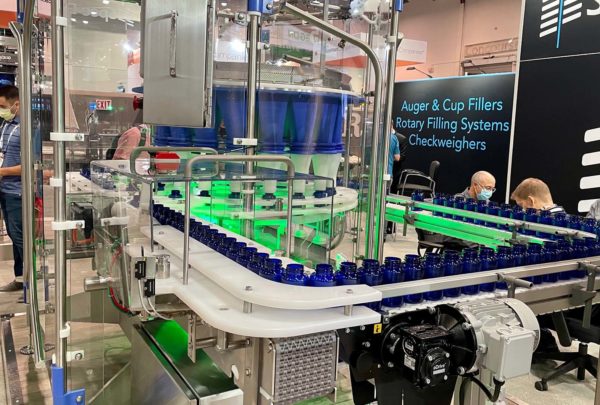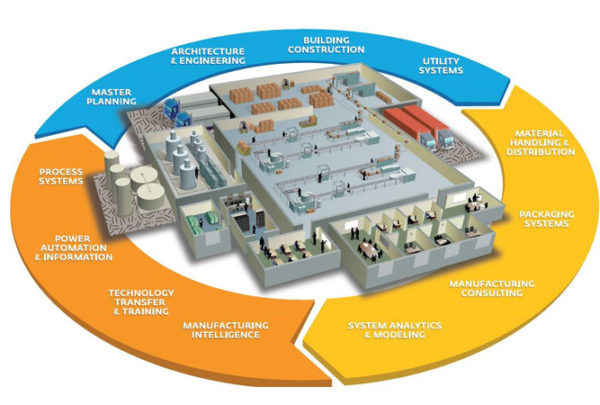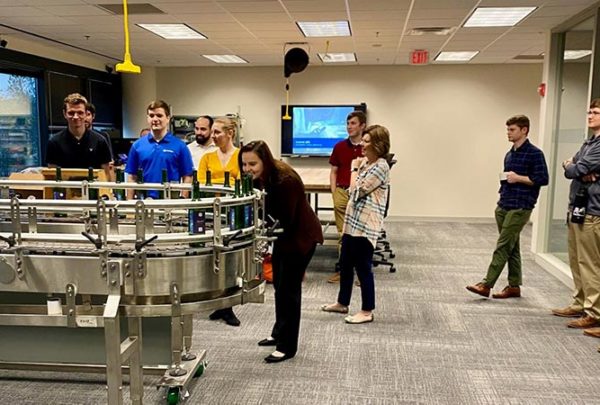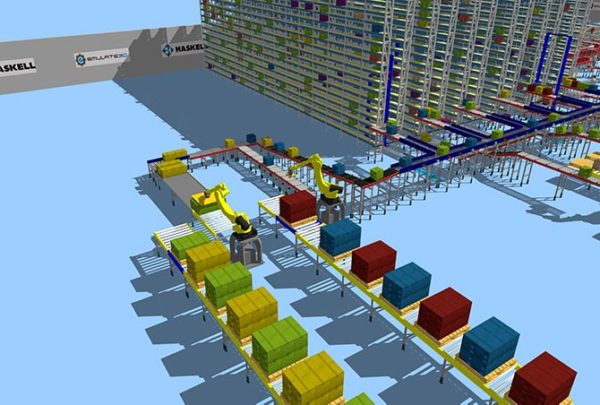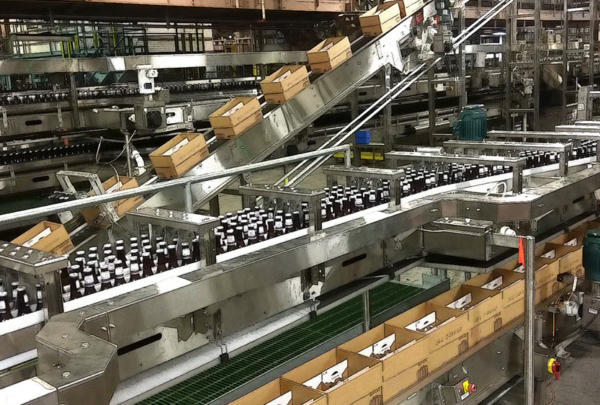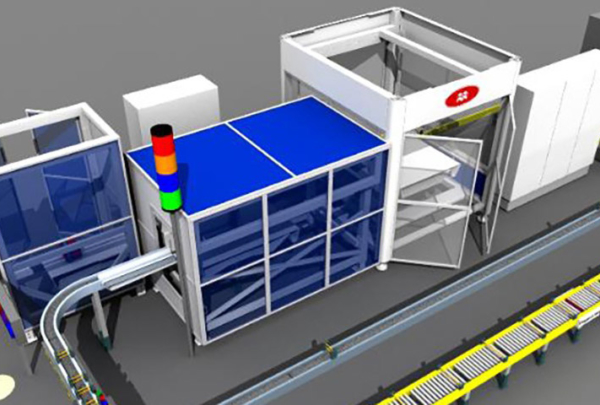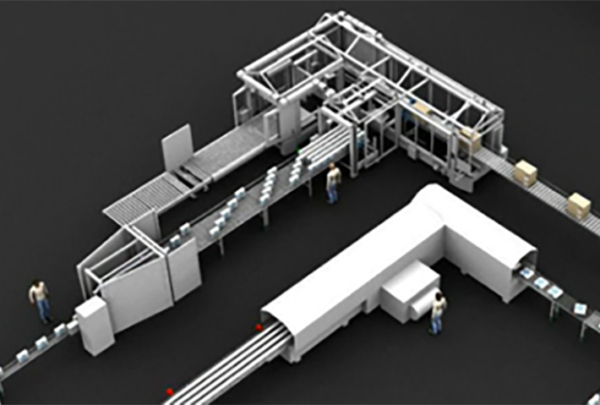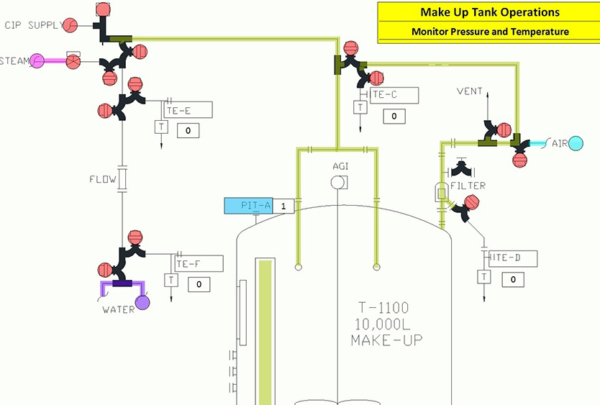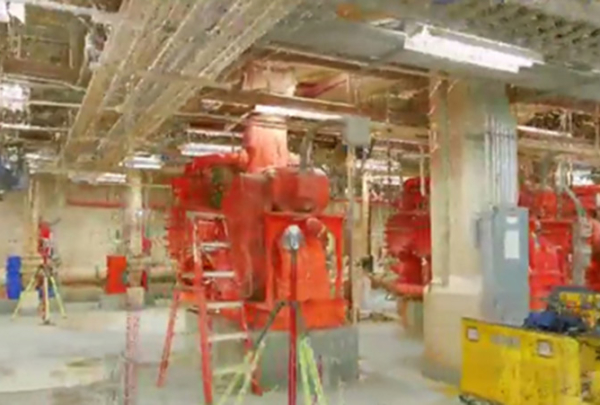The beam simply does its job.
Principals dictated by the laws of physics authenticate the beam as a yeoman of industrial building design. Modern structures wouldn’t exist without the beam. Like any legendary statesman, the beam always gets respect. Ask any building architect or engineer, and they will speak fondly of the beam’s many fine qualities.
Finding Design Flaws Before Construction Begins
As revered as it is, instances exist when the beam becomes a nuisance. A superior facility design becomes a hindrance to the owner’s overall goal, because a beam impedes the ability to place a conveyor critical to a manufacturing process. Suddenly, the simple fact that a piece of equipment needs two more inches of clearance creates a problem — one with a very large multiplier effect.
The magnitude of the problem depends in part on when the conflict gets discovered. Obviously, realizing the conflict during the design phase would most likely mean a simpler and less costly adjustment. Realizing the equipment conflict when the conveyor arrives on your facility floor presents a much more daunting challenge.
Know Your Post-Project Capabilities Prior to Project Completion
Owners perceive great value in the ability to abate risk. With that in mind, owners within the manufacturing sector should be extremely pleased with the extendibility in Building Information Modeling (BIM).
BIM software provides the ability to integrate manufacturing simulation data — which includes equipment layout — into a building model. Utilization of BIM in this manner provides a new level of certainty between business planning and actual execution.
The entire facility, including the design and layout of manufacturing, packaging and warehousing equipment, can be constructed virtually. Discovering conflicts between your beam and your conveyor during design improves confidence in achieving business goals and impacts when those goals can be attained.
Integrating manufacturing simulation into BIM increases the likelihood that the owner, the architect, the engineer, the beam and the conveyor can all maintain a happy relationship.
Are you looking for more certainty in your manufacturing capital project outcomes? Contact Bela Jacobson, via email or telephone at 678.328.3246.





